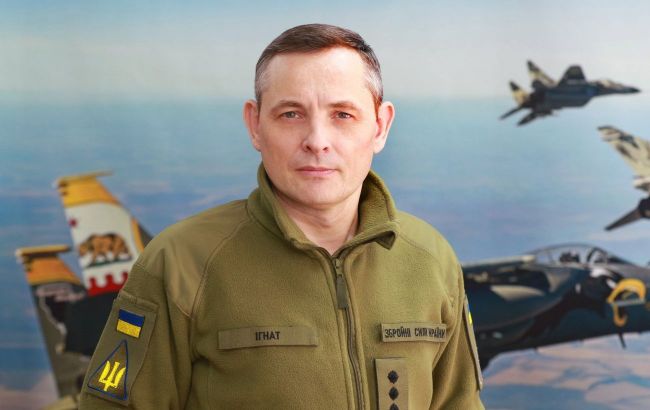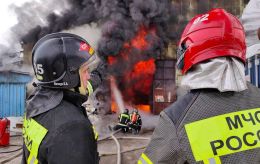Russia keeps MiG in sky for hours and whether it's possible without alerts: Air Defence explains
 Yurii Ihnat, the Spokesperson of the Air Forces Command of the Armed Forces of Ukraine (Photo: facebook.com/yuriy ignat)
Yurii Ihnat, the Spokesperson of the Air Forces Command of the Armed Forces of Ukraine (Photo: facebook.com/yuriy ignat)
Air alarms in Ukraine announced due to the takeoff of the Russian MiG-31, have recently been lasting longer. This is because enemy forces are refueling this fighter in flight, said the spokesperson of the Air Force Command of the Armed Forces of Ukraine, Yurii Ihnat, in a comment to RBC-Ukraine.
Why have the alarms become longer?
According to him, the duration of air alarms due to the takeoff of the MiG-31 has become longer because the aircraft is being refueled in the air. In particular, the enemy has resorted to such actions repeatedly.
"Today it was shorter, yesterday longer. They refuel aircraft in the air, knowing well that we will have an alarm," Ihnat said.
At the same time, he noted that the MiG does not need to refuel in the air to attack Ukraine.
"It doesn't fly long distances. They have three airbases near Makhachkala: Savasleyka, Akhtubinsk, and Mozdok. They are not far from Ukraine - took off, launched the Kinzhal, and landed, in the grand scheme of things. But they perform such flights: 20-30 minutes for takeoff and landing and an hour and a half for refueling in standard mode. And when it's 3 hours or more - these are air refuelings as part of training," explained Ihnat.
Thus, the Russians understand well that Ukraine is in a semi-depressive state, with schools, enterprises, and organizations not working. And this undoubtedly affects our economy.
Can the military determine whether it will be a combat takeoff or training?
"We have data from our intelligence. We have data from our partners about the takeoff of the MiG. If they take off 100 kilometers to the north, we don't see it; we receive information, we have various sources of information about the takeoff of this MiG," Ihnat explained.
He notes that if there is confirmation that the MiG took off empty and was repositioned, that is one question. Or if there is precise information that it took off without a suspended missile, then the alarm will not be announced, and vice versa.
"There is also information that it is flying with a missile already, then, of course, we have to report it. We have various sources of information. If we know there is no danger, then we don't announce anything, just like the takeoffs of the MiG-31BM based in Belbek. They are not carriers of Kinzhals," Ihnat added.
Can the approach to declaring an alarm be reconsidered?
To the question of whether the approach to declaring air alarms can be reconsidered, the spokesperson for the Air Force of the Armed Forces of Ukraine responded briefly, stating that it is not the competence of the military.
"The level of alarms is the competence of the military," Ignat said.
Background
In Ukraine, large-scale alarms related to the takeoff of the Russian MiG-31 have become more frequent lately. If earlier, the danger usually lasted about 30 minutes; now, it takes 3 hours or more. This is because the enemy refuels the aircraft in the air, and it can then continue its flight.
However, such flights cause concern for Ukrainians, as in the event of the Russians raising the MiG, the entire Ukraine instantly becomes "red" on the air alarm map.
The MiG-31K is a potential carrier of the hypersonic missile Kh-47M2 Kinzhal, which is difficult for our air defense systems to intercept. The declared range of these missiles is thousands of kilometers.

